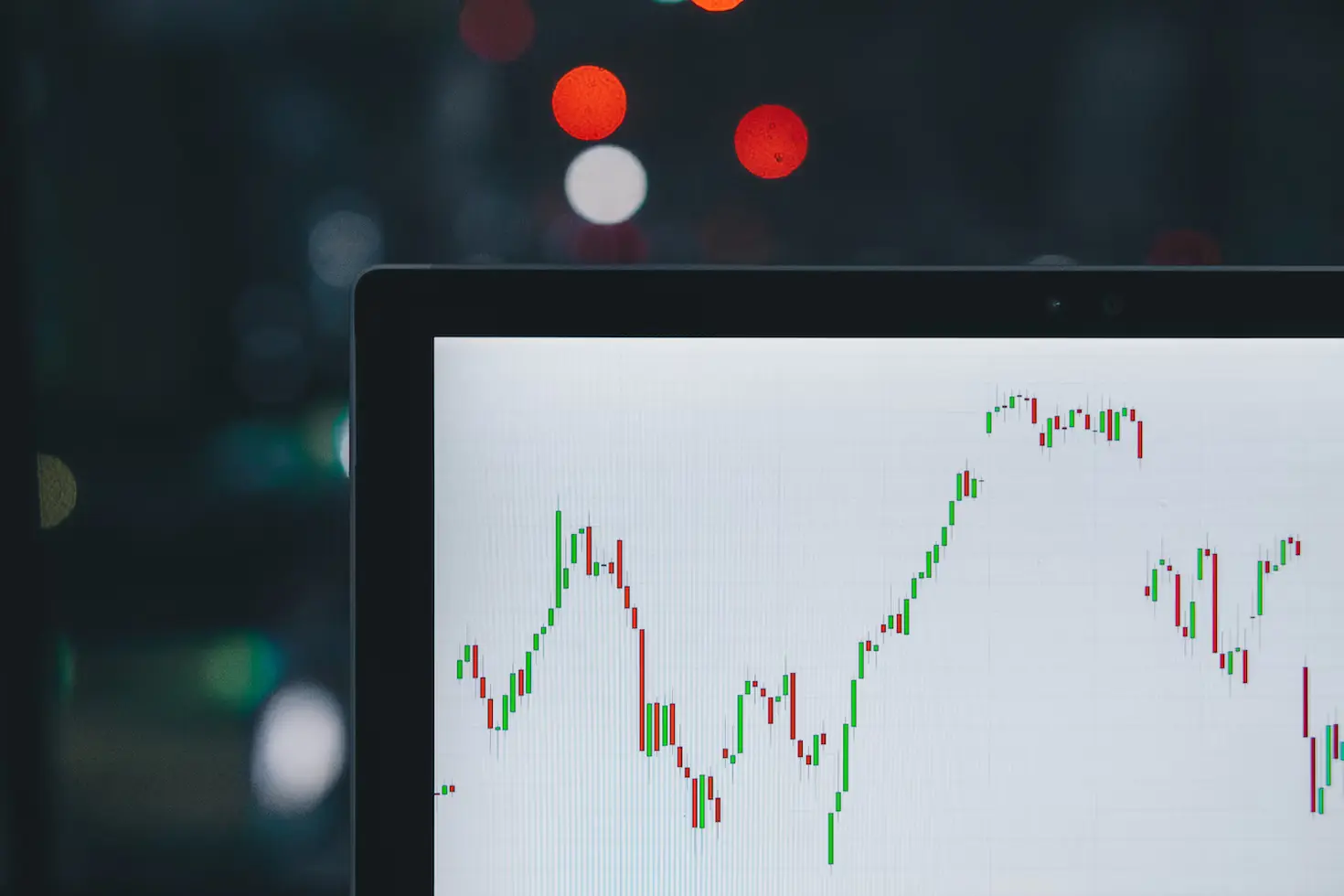Are you looking to explore the potential of historical intraday data on Kospi futures? Then you’ve come to the right place! In this blog post, we’ll guide you through all aspects of exploring and understanding Kospi futures (symbol KOS). You’ll learn how to access and analyze historical intraday data, understand volatility in the Kospi index, utilize intraday market opportunities with Kospi data, and develop strategies for trading with historical intraday Kospi futures. We’ll also provide some tips for avoiding common pitfalls when exploring this type of data.
Overview of the Kospi Index
Firstly, let’s start off with a brief overview of the KOS Index. The Kospi index is an important index in the South Korean stock market and it tracks the performance of all stocks listed on the exchange. It’s one of the most commonly used indicators for gauging economic health and investor sentiment in South Korea. Below is a handful of companies listed on the Kospi index:
- Samsung Electronics
- Hyundai Motor
- SK hyinx Inc.
- POSCO
- LG
- Naver Corporation
- Kia Motors
- Shinhan Financial Group Company Limited
- KB Financial Group
- Lotte Chemical Corp.
How to Access and Analyze Historical Intraday Kospi Futures
Next, let’s look at how to access and analyze historical intraday data for Kospi Futures. The best way to obtain this type of information is through a reliable financial platform or historical provider, such as Portara. You can then use the data to develop trading strategies based on past market trends and identify potential opportunities in the present. Before making any investment decisions, you should also make sure to understand the volatility of the Kospi Index and how it can affect your trading decisions.

Understanding Volatility in the Kospi Index
Understanding volatility in the Kospi Index is an important part of trading with Kospi Futures. Volatility is a measure of how much price fluctuations there are in an asset over time and it’s usually expressed as a percentage. Knowing this information can help you determine when to enter or exit positions and anticipate potential market movements. It’s also essential to understand that while high volatility can lead to potentially profitable opportunities, it can also be very risky. Therefore, caution must be exercised when trading in volatile markets.
Utilizing Intraday Market Opportunities with Kospi Data
Intraday market opportunities with Kospi Data can be used to identify profitable opportunities quickly. By watching intraday market movements, you can spot signals more easily and make informed decisions based on the data. Although this type of trading is time-sensitive and requires quick reactions, it can also yield lucrative returns if utilized correctly.
Strategies for Trading with on Kospi Futures
Ensure that you develop a plan before entering any trades so you know how to react when market conditions change. In addition, you should use sound money management techniques to manage your risk properly and practice paper trading before committing real capital to live trades. Finally, you should take advantage of analytical tools such as charting software to help you make decisions with your data.
Tips for Avoiding Common Pitfalls When Using Kospi Index Data
When exploring historical 1 minute Kospi futures data, there are certain common pitfalls that can be avoided in order to maximize your chances of success. One of the most important tips is to remain patient when trading. Intraday (1 minute) market movements can be volatile and it may take some time before you see any real profits. Additionally, it’s essential to assess risk properly and use sound money management techniques such as setting stop-loss orders or limiting position size. Doing so will help ensure that you don’t overexpose yourself to risk if the market moves against you.
Another critical aspect of trading intraday markets with Kospi Futures is to utilize technical analysis tools and charting software to identify profitable opportunities quickly. This way, you’ll be able to spot signals more easily and act upon them quickly when they appear. Furthermore, it’s important to stay up-to-date with news and events related to KOS in order to anticipate potential market movements. Lastly, always make sure that you understand the volatility of the Kospi Index before making any investment decisions so that you can accurately gauge how much risk you’re taking on when trading Kospi Futures.
Conclusion
We hope that this post has provided you with some helpful information on exploring and understanding Kospi Futures. Remember, historical intraday data can be a great tool for identifying profitable opportunities in the market, but it’s important to understand volatility in the Kospi Index before trading. With these tips in mind, you can confidently explore intraday markets with precision and accuracy!
